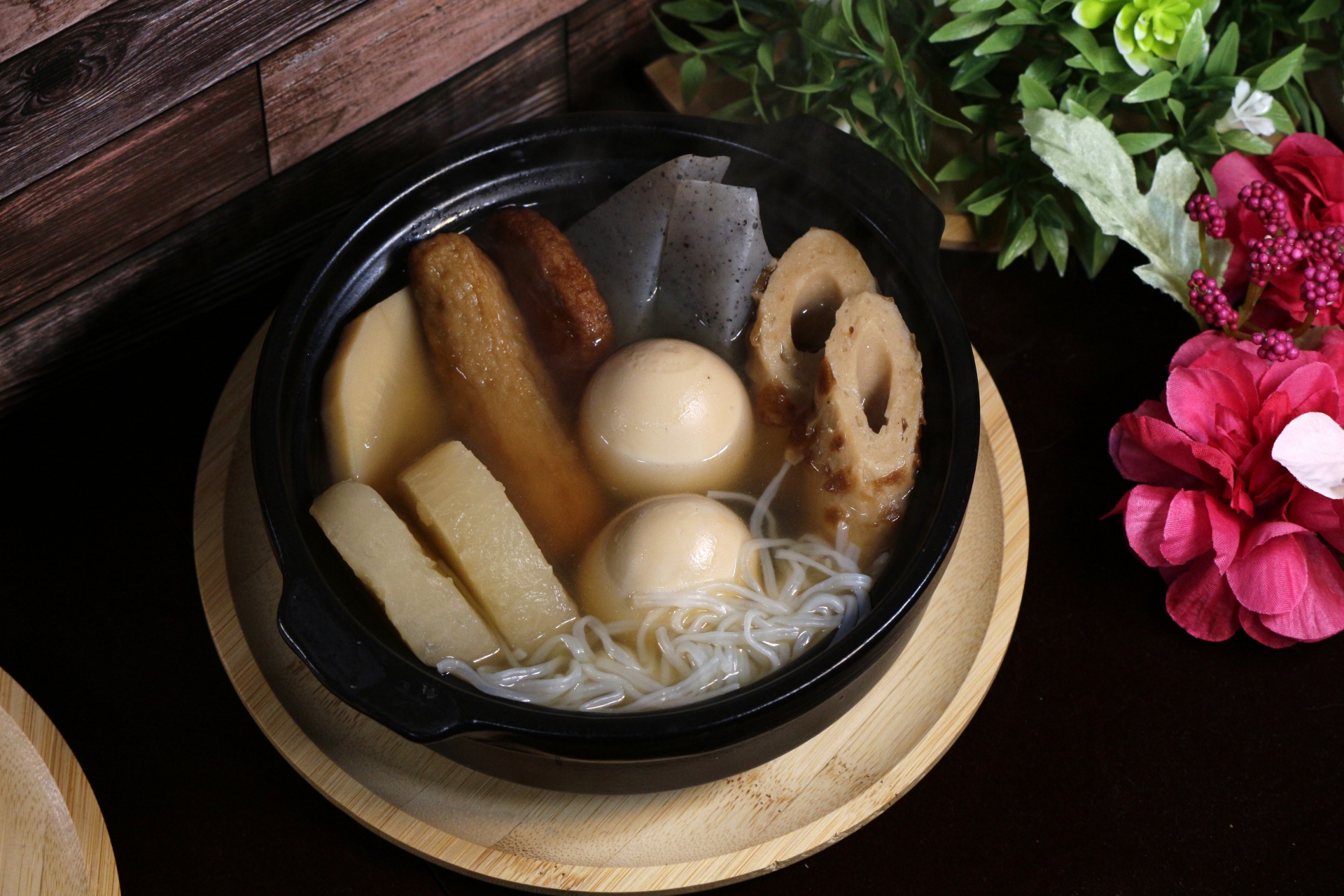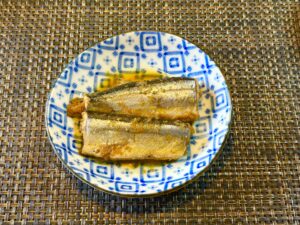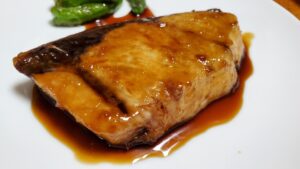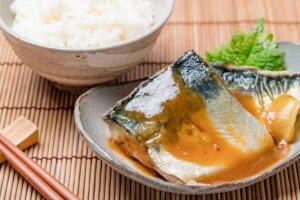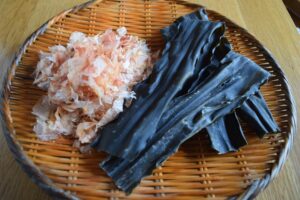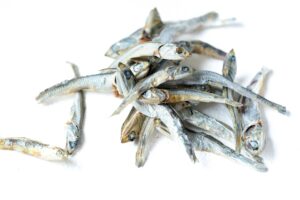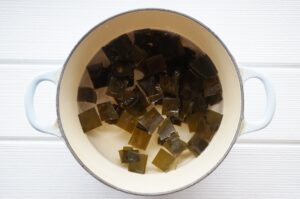Oden is a traditional Japanese hot pot dish that brings comfort and warmth during Japan’s cold seasons. With a mix of ingredients like boiled eggs, daikon radish, konjac, and fish cakes simmered in a soy-flavored broth, oden is a staple in Japanese households, convenience stores, and izakayas. This guide dives into the history, key ingredients, regional twists, and how you can try or even make oden yourself.
What Is Oden?
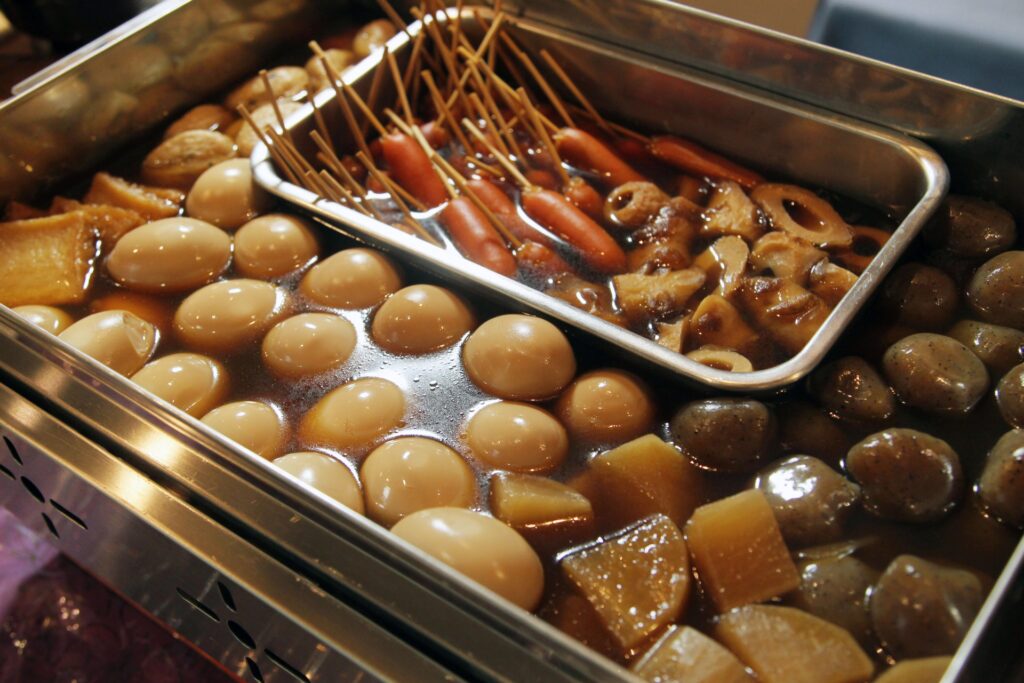
Oden (\u304a\u3067\u3093) is a classic Japanese hot pot dish consisting of various ingredients slowly simmered in a light, soy-flavored dashi broth. This hearty dish is most commonly enjoyed during the colder months and can be found in homes, izakayas (Japanese pubs), street food stalls, and convenience stores (konbini) across Japan. The word “oden” originates from “den-gaku,” a style of miso-grilled tofu popular during the Muromachi period (1336\u20131573). Over time, the dish evolved from miso-coated skewers to a simmered stew featuring a rich, umami-laden broth.
Today, oden is associated with comfort and nostalgia, often evoking warm family gatherings or casual nights out during winter. Its mild yet deeply savory broth makes it accessible to first-timers and a soul-soothing favorite for long-time fans. As a dish that transcends generations and social classes, oden represents both Japan’s culinary heritage and its adaptive food culture.
History of Oden
Oden has deep historical roots dating back to the Muromachi period, where its precursor, miso-dengaku, was commonly enjoyed. Originally, skewered tofu or konjac was coated in miso and grilled over open flames. By the Edo period (1603\u20131868), this evolved into a stew-based preparation where ingredients were simmered rather than grilled, allowing for deeper flavor absorption.
As oden spread across Japan, it adapted to local ingredients and tastes, becoming particularly associated with street vendors who sold the dish during wintertime. It became a staple of yatai (food carts) culture, especially in cities like Tokyo and Osaka. During the 20th century, oden’s popularity expanded further with its introduction into home kitchens and convenience stores. Today, it remains a nostalgic winter meal that bridges traditional street food culture and modern domestic life in Japan.
Common Ingredients in Oden
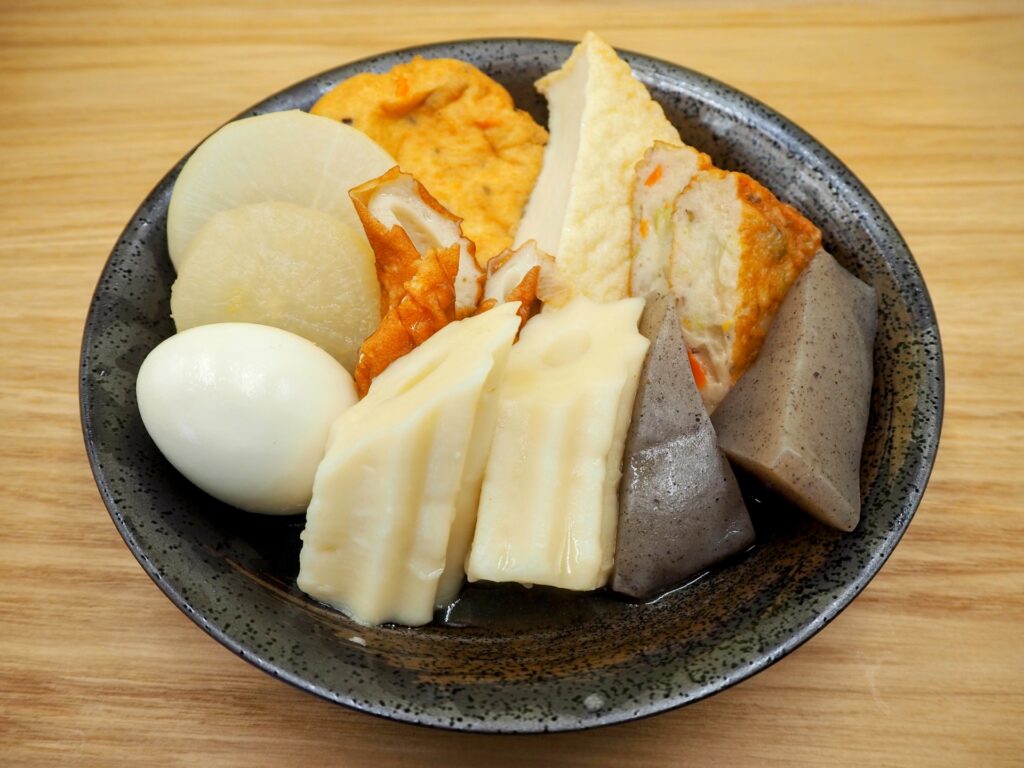
Oden is characterized by its wide variety of simmered ingredients, each offering distinct textures and flavors. Here are some of the most common items:
| Ingredient | Description | Texture | Flavor Profile |
| Daikon | Thick slices of Japanese white radish | Soft, juicy | Mild, sweet, earthy |
| Boiled Egg | Hard-boiled and simmered for flavor absorption | Firm, creamy | Umami-rich |
| Konjac (Konnyaku) | Jelly-like cake made from konjac yam | Chewy, bouncy | Slightly bitter |
| Chikuwa | Fish cake shaped like a tube | Springy | Savory, fishy |
| Hanpen | Fluffy white fish cake | Airy, tender | Mild, slightly sweet |
| Atsuyaki Tamago | Thick, sweetened Japanese omelet | Firm, slightly spongy | Sweet, savory |
| Mochi Kinchaku | Mochi rice cake wrapped in fried tofu pouch | Soft, sticky | Sweet, rich |
These ingredients are typically simmered in a dashi broth made from kombu (kelp), katsuobushi (bonito flakes), soy sauce, and mirin, imparting a savory umami depth.
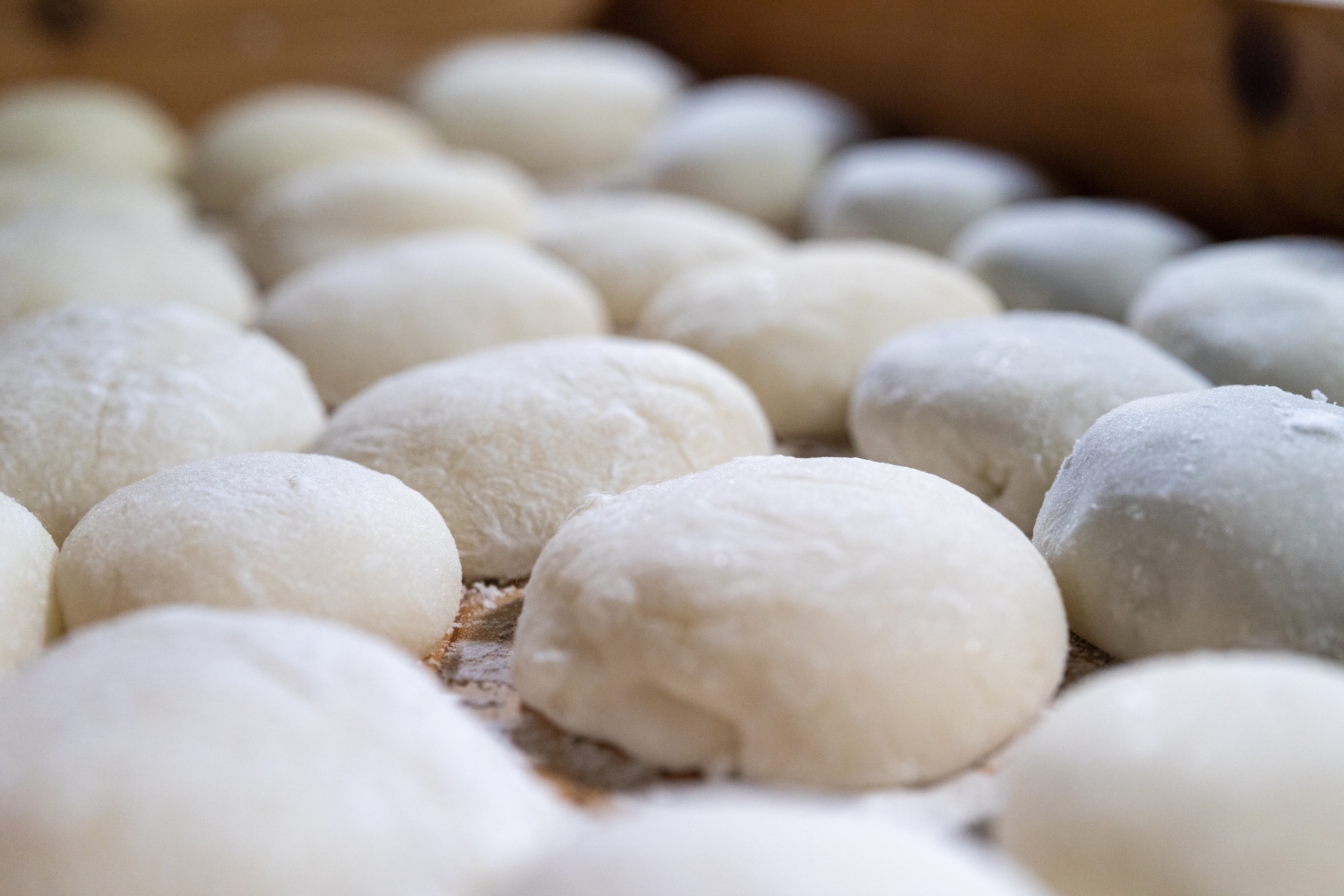
How to Make Oden at Home
Making oden at home is a rewarding process that allows you to customize the ingredients and flavors to your liking. Here is a basic approach to preparing oden:
Ingredients for Broth:
- 4 cups dashi stock (kombu and katsuobushi-based)
- 2\u20133 tablespoons soy sauce
- 1 tablespoon mirin
- 1 teaspoon sugar (optional)
Instructions:
- Prepare the broth: Combine dashi, soy sauce, mirin, and optional sugar in a large pot. Bring to a gentle simmer.
- Prep ingredients: Parboil daikon, konjac, and eggs to remove impurities and improve texture. Cut larger items into manageable pieces.
- Simmer slowly: Add the hardier ingredients like daikon and konjac first. Gradually add fish cakes, tofu items, and boiled eggs.
- Simmer for 1\u20132 hours: Keep the heat low to medium. Longer simmering deepens the flavor.
- Serve: Ladle ingredients into bowls with broth. Serve with Japanese mustard (karashi) or yuzu kosho for an extra kick.
Most Asian grocery stores stock oden sets or individual components. Look for frozen or vacuum-packed fish cakes and broth bases if you’re short on time.
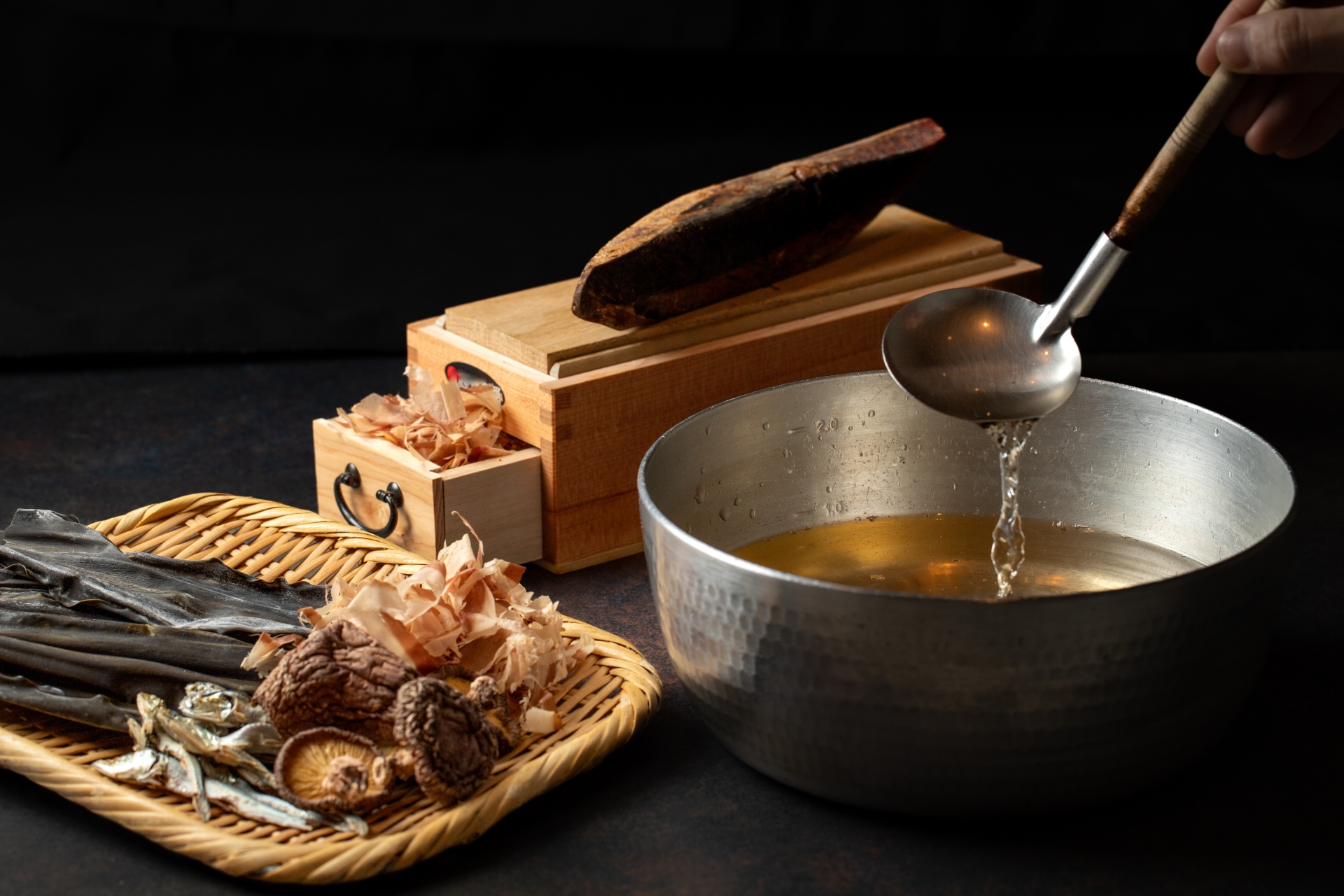
Regional Variations of Oden
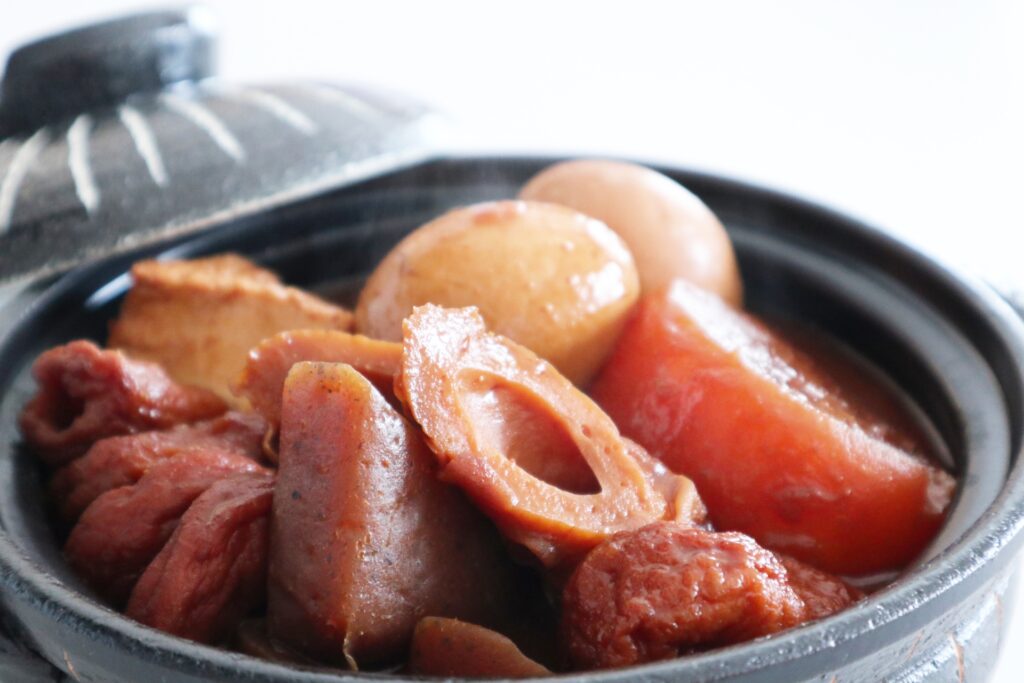
Oden varies greatly across Japan, with each region incorporating its own ingredients and broths:
- Shizuoka Oden: Features a dark soy-based broth and skewered ingredients. Black hanpen (fish cake) is a regional specialty.
- Kansai Oden: Uses a light, clear dashi broth. Ingredients are subtly seasoned to highlight natural flavors.
- Nagoya Oden: Known for miso-based oden using hatcho miso, giving it a deep, earthy flavor.
- Kanazawa Oden: Part of Japan\u2019s \u201cThree Great Oden\u201d, features unique items like kani-men (crab-filled tofu).
These regional varieties reflect the adaptability of oden and its integration into local culinary traditions.
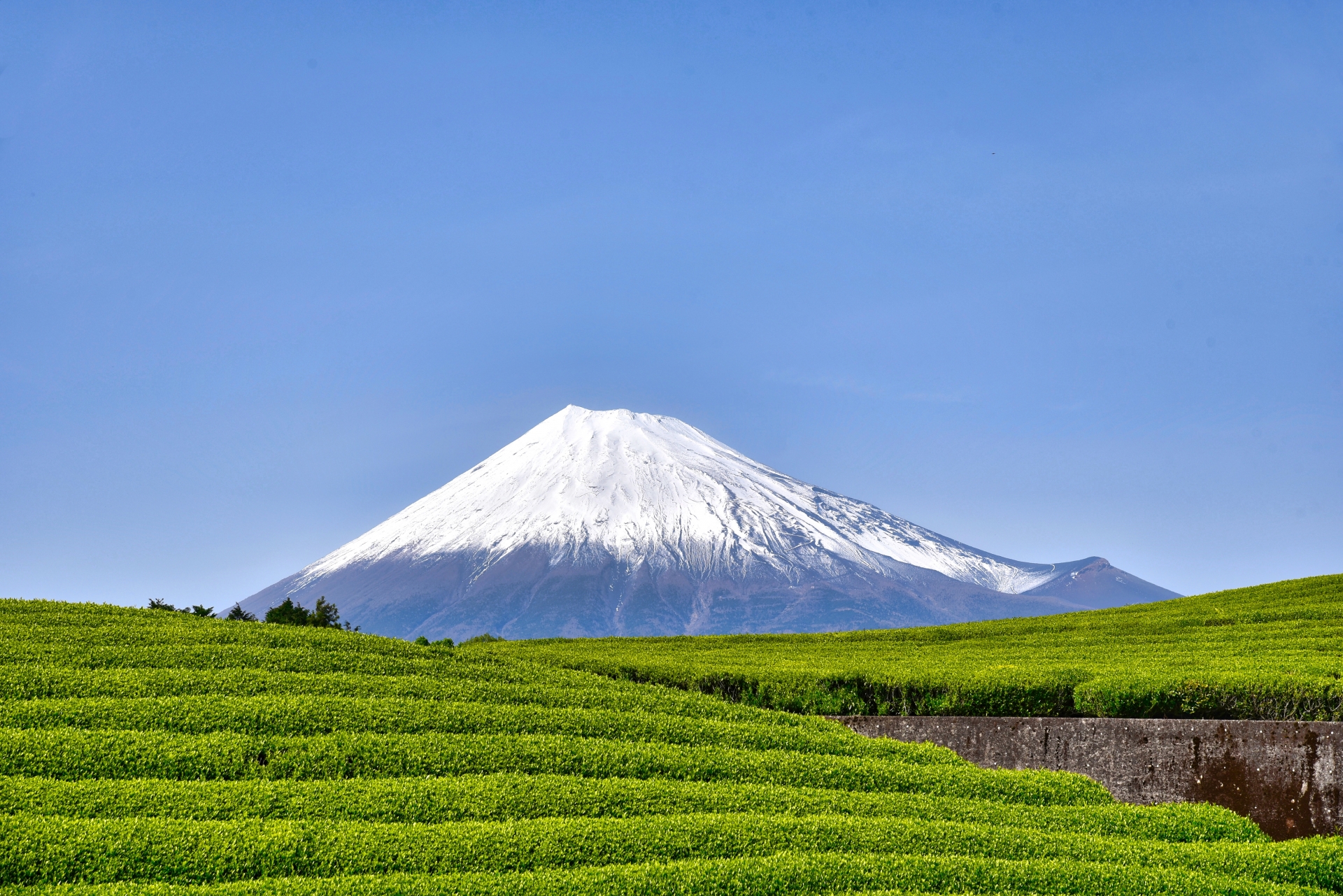
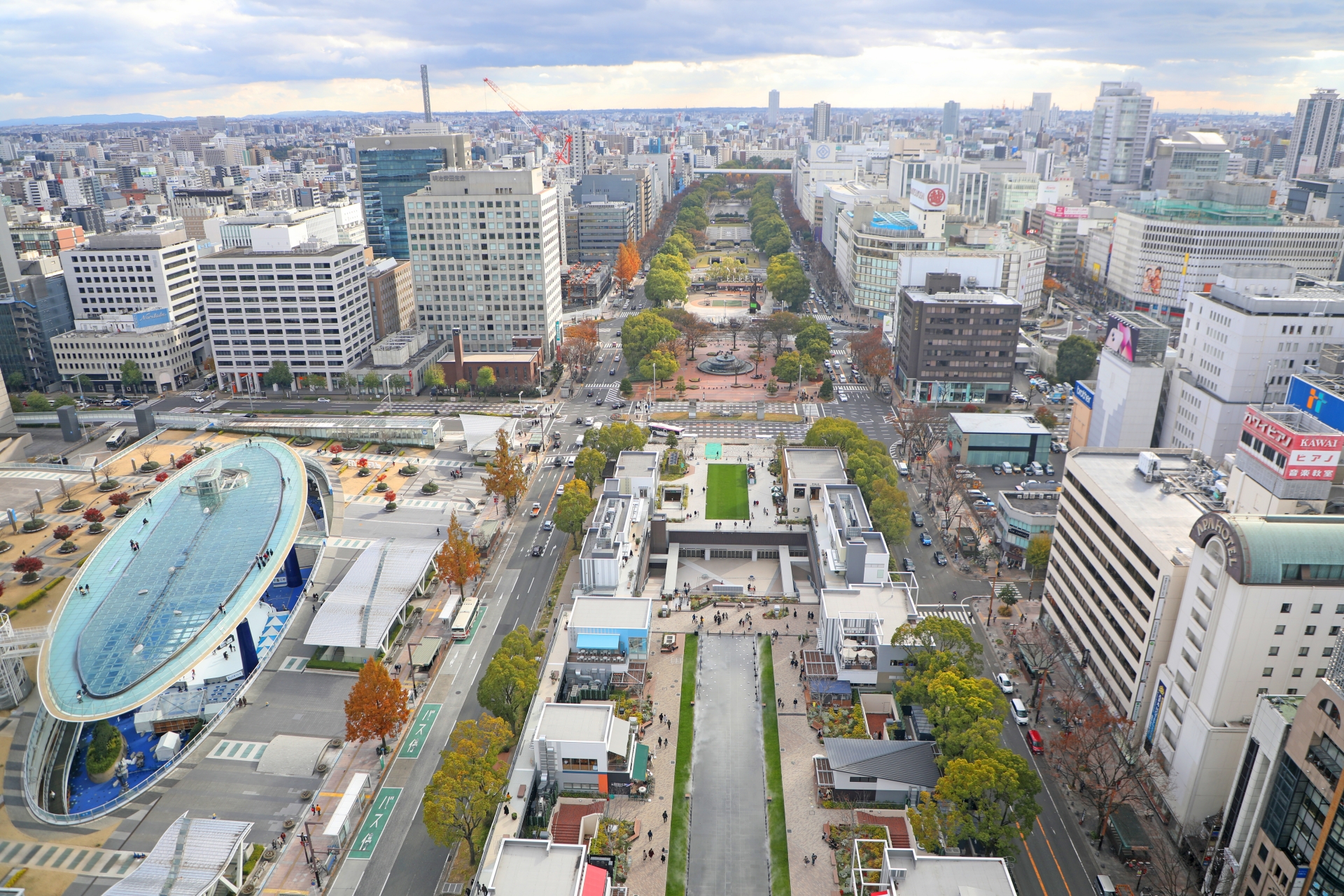

Is Oden Healthy?
Oden can be a healthy meal, especially when made with wholesome ingredients and a light broth. Here\u2019s why:
- Low in calories: Ingredients like daikon and konjac are low in calories and high in fiber.
- High in protein: Eggs, fish cakes, and tofu contribute to a high-protein content.
- Nutrient-rich: Vegetables like daikon and seaweed offer vitamins and minerals.
To make your oden healthier:
- Use less sugar and sodium in the broth.
- Choose leaner or plant-based fish cakes.
- Add more vegetables like cabbage, carrots, or shiitake mushrooms.
Where to Eat Oden in Japan
Oden is widely available during the fall and winter months. Here\u2019s where you can find it:
- Convenience Stores (Konbini): Chains like 7-Eleven, Lawson, and FamilyMart offer self-serve oden with broth and condiments.
- Izakayas and Family Restaurants: Many offer oden as part of their winter menu.
- Specialty Stalls and Festivals: Outdoor food stalls often serve oden during festivals and seasonal events.
For the freshest experience, try a regional oden specialty while traveling in Japan during the colder months.

Cultural Significance of Oden in Japan
Oden is more than just food\u2014it’s a cultural staple that symbolizes warmth, togetherness, and nostalgia. Traditionally eaten in winter, it\u2019s associated with communal dining and shared experiences. Its presence in media, such as the anime “Osomatsu-san,” Studio Ghibli films, and popular dramas, has made it recognizable even outside Japan.
In everyday life, oden often marks the change of seasons. Its availability in konbini marks the arrival of autumn, and its aroma drifting from street stalls is a beloved sensory memory for many Japanese people. For travelers and food lovers alike, oden provides a window into Japan\u2019s food culture and social customs.
Conclusion
Oden is a beloved symbol of Japanese winter cuisine, combining a variety of textures and flavors in a comforting soy-based broth. Its evolution from dengaku skewers to a hearty hot pot reflects centuries of culinary adaptation and regional diversity. Whether you enjoy it at a bustling Tokyo konbini or simmer it at home on a snowy evening, oden offers warmth, nourishment, and a taste of Japanese tradition. Give it a try\u2014you might just discover your new favorite winter dish.

